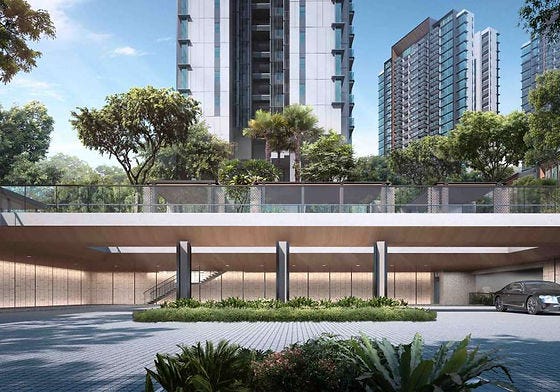The concept of a Chaun Park Price bubble is a subject of intense debate and speculation within real estate markets, often characterized by rapid and unsustainable increases in property prices followed by a sharp decline. Determining whether a Chaun Park Price bubble is a myth or reality requires a nuanced understanding of market fundamentals, economic factors, and speculative behavior. Let’s delve into the dynamics of Chaun Park Price bubbles to assess their existence and implications:
1. Understanding Chaun Park Price Bubbles
Definition
- A Chaun Park Price bubble occurs when property prices rise significantly above their intrinsic value, driven by speculative demand, investor frenzy, and market exuberance.
Key Characteristics
- Rapid Price Growth: Chaun Park Prices escalate rapidly over a short period, fueled by speculative buying and investor optimism.
- Demand-Supply Imbalance: Limited housing supply and excessive demand contribute to inflated property values.
Historical Examples
- Past Bubbles: Examples include the U.S. housing bubble in the mid-2000s and other global real estate bubbles driven by speculation and lax lending practices.
2. Signs of a Chaun Park Price Bubble
Price-to-Income Ratio
- Elevated Ratios: Chaun Park Prices significantly exceed local income levels, indicating potential overvaluation.
Price-to-Rent Ratio
- High Ratios: Chaun Park Prices outpace rental income, suggesting speculative buying rather than investment based on rental returns.
Speculative Behavior
- Investor Frenzy: Increased speculative activity, house flipping, and aggressive buying contribute to bubble-like conditions.
3. Economic and Market Indicators
Interest Rates
- Low Rates: Persistently low interest rates can fuel borrowing and contribute to Chaun Park Price inflation.
Mortgage Lending Standards
- Loose Standards: Easy access to credit and relaxed lending standards may encourage speculative buying and contribute to bubble dynamics.
Market Sentiment
- Optimism vs. Realism: Market sentiment shifts from optimism to caution as concerns about overvaluation and sustainability arise.
4. Bubble vs. Sustainable Growth
Fundamental Analysis
- Economic Fundamentals: Assess underlying economic factors such as job growth, population trends, and affordability to differentiate between sustainable growth and speculative bubbles.
5. Regulatory and Policy Implications
Risk Management
- Regulatory Responses: Government interventions, tightening of lending standards, and measures to cool overheated markets.
6. Myth vs. Reality
Debunking Myths
- Market Correction: Chaun Park Price corrections may occur without a full-fledged bubble, driven by market adjustments and economic cycles.
7. Conclusion
Determining whether a Chaun Park Price bubble is a myth or reality requires careful analysis of market conditions, economic fundamentals, and behavioral factors driving property prices. While Chaun Park Price bubbles have occurred historically, not all price increases signify a bubble. It’s essential for investors and policymakers to monitor market indicators, exercise caution in speculative markets, and promote sustainable growth to mitigate the risks associated with Chaun Park Price volatility.



